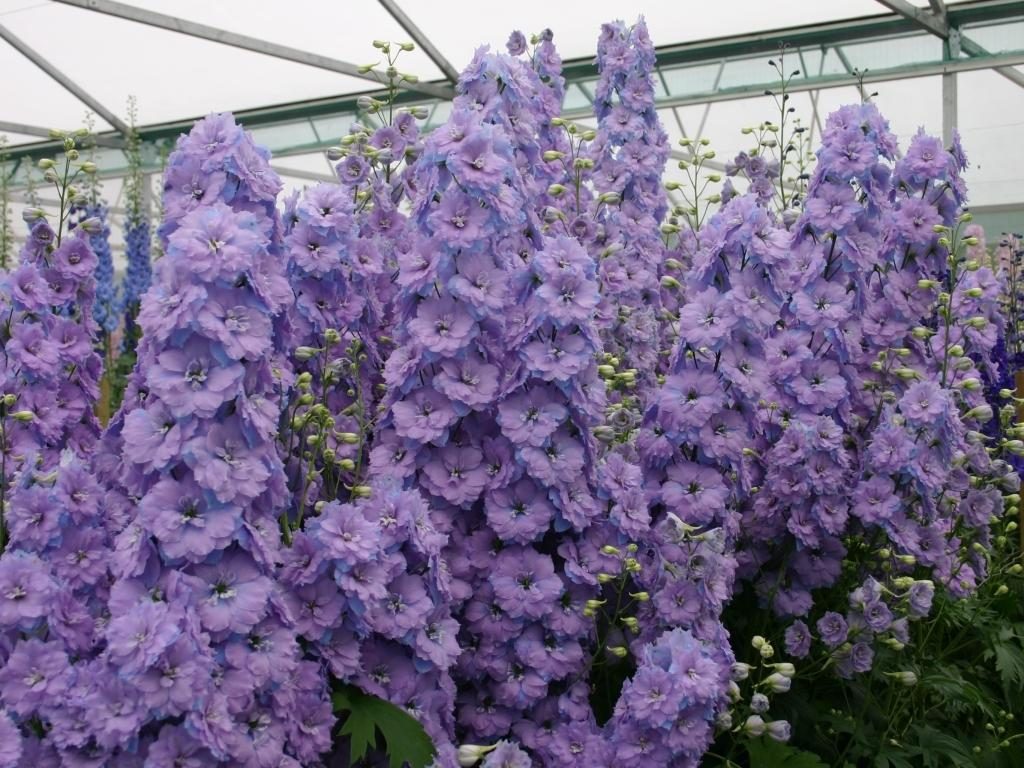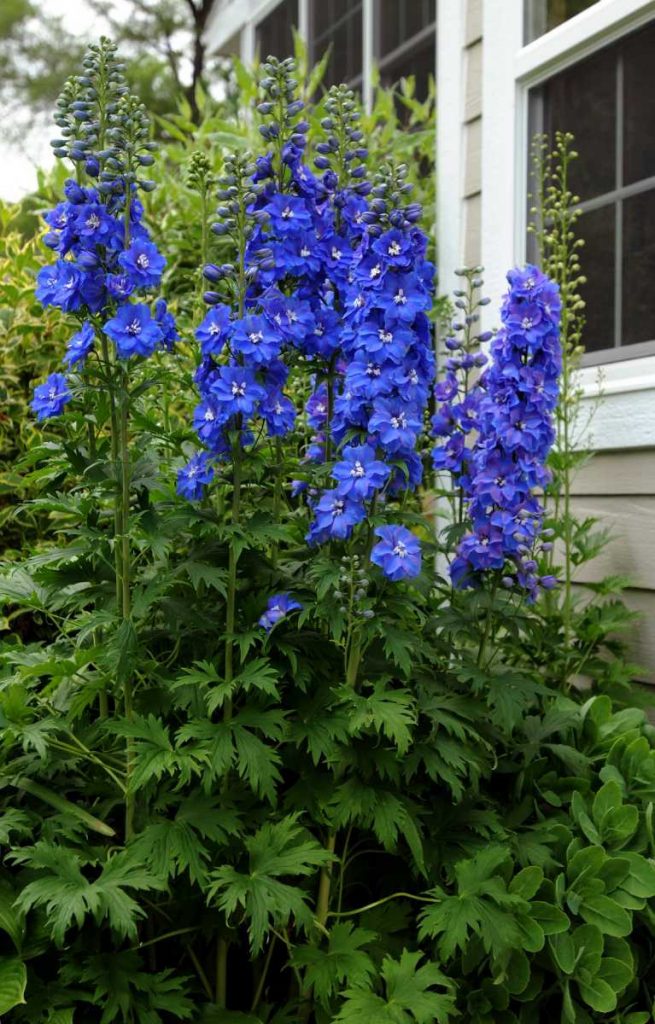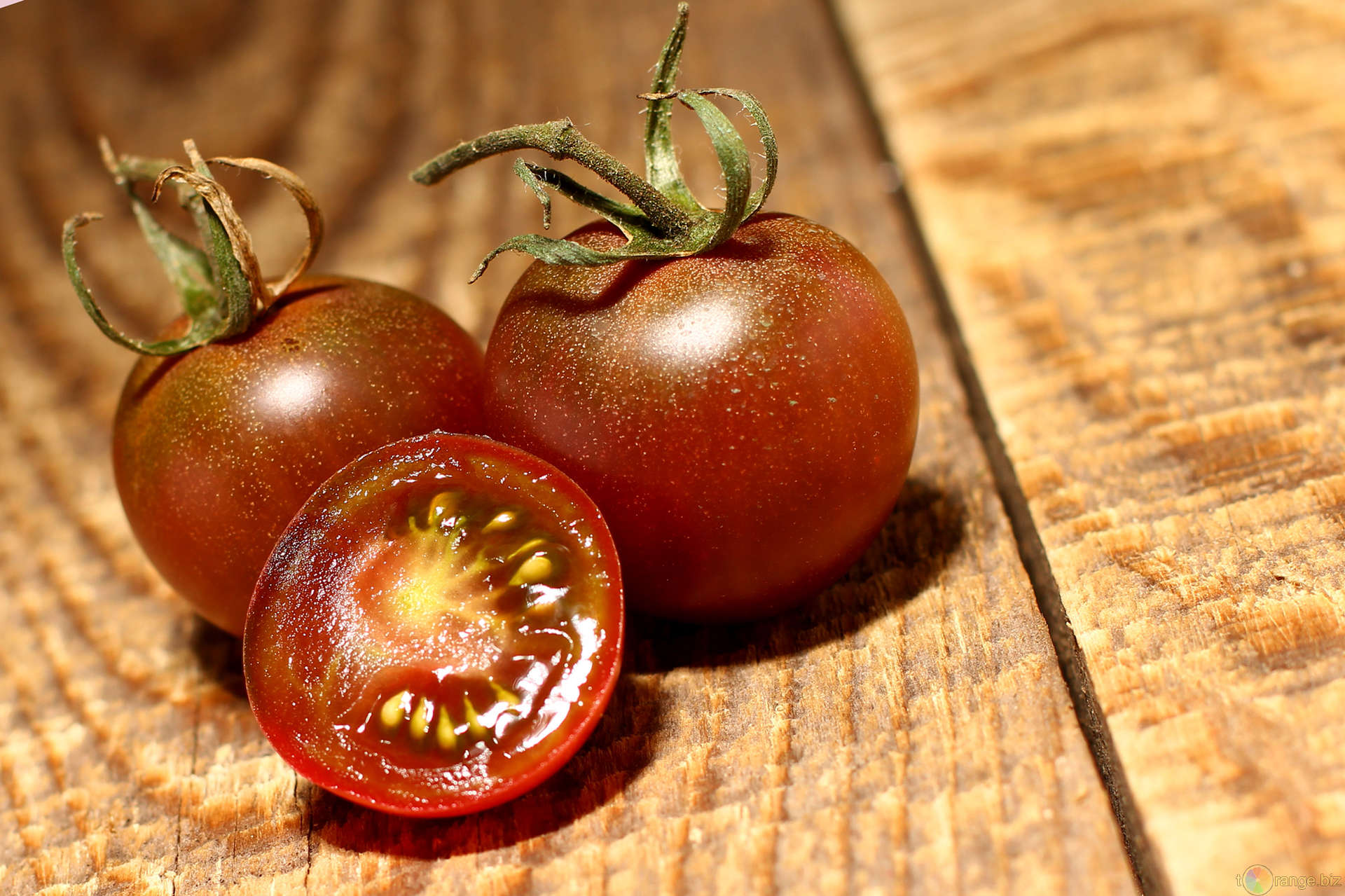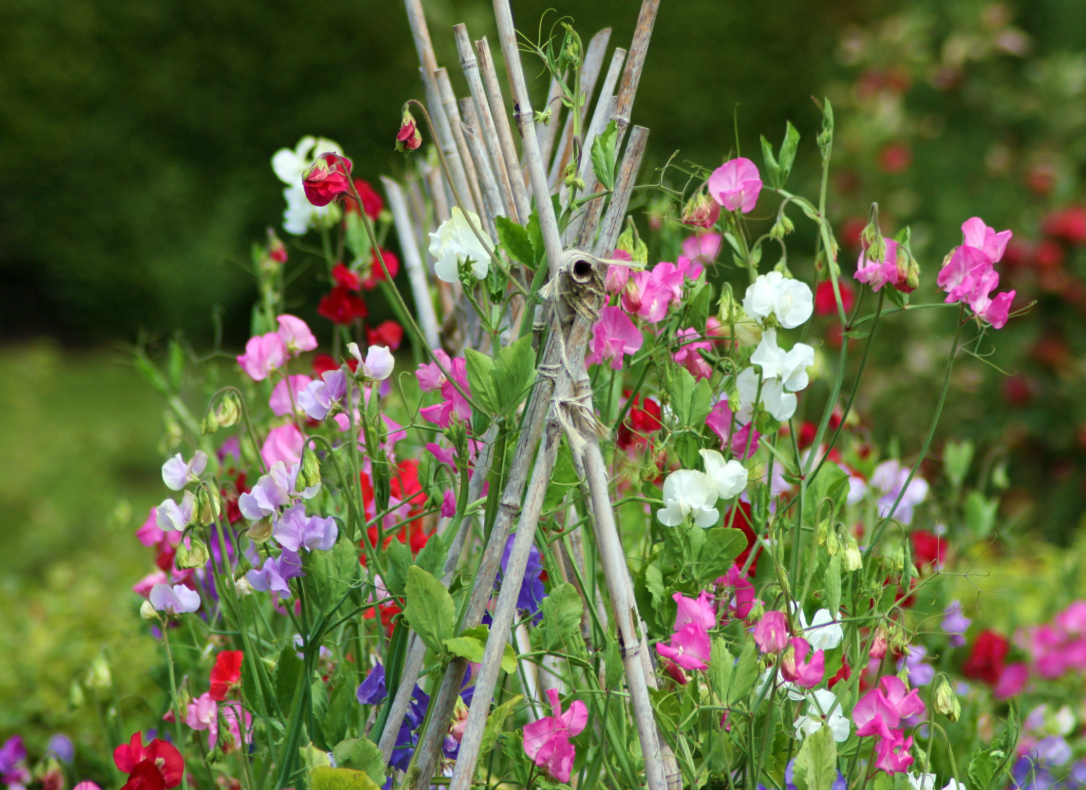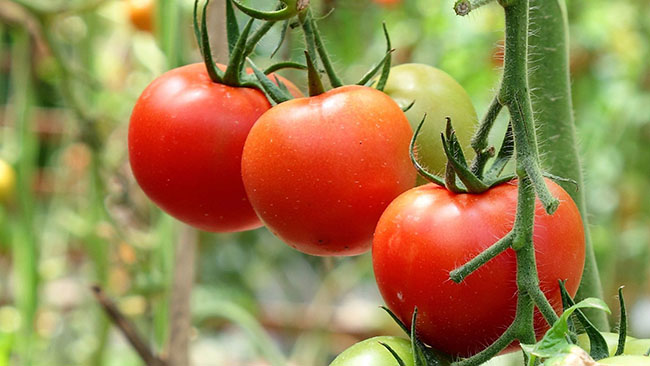Content:
Terry delphinium is a representative of the buttercup family. There are different versions of the origin of the name. According to one of them, the unopened flowers look like a dolphin. According to another version, the name comes from the name of the Greek city of Delphi. This plant is also called larkspur or spur. Gardeners like this culture for the abundance of species and varieties, color schemes and for the fact that the plant has a long peduncle that looks very impressive.
Plant characteristic
Perennial terry delphinium can be from 50 cm in height and up to 2 meters. Breeders offer both undersized hybrids and giants. The rhizome of this culture is very developed and grows rapidly. The stems of the culture are strong and thick. Green, dense leaves cover the base of the stem.
The flowers are double, that is, they consist of many petals. Flowers can be up to 10 cm in diameter.
Characteristics of species and varieties of crops
There are two main types of flowers: annuals and perennials.
Annuals have been cultivated since the middle of the 16th century. In this group, Delphinium field and Ajax are especially popular. The first reaches a height of 2 meters, boasts a large variety of colors and the presence of terry varietal solutions:
- Frosted Sky (bluish flowers with a white core);
- Qis Rose (pale pink, like a light blush);
- Dark Blue (dark blue);
Ajax can be medium, short (up to 30 cm) and terry at the same time.
They have been engaged in perennials since the 19th century. V. Lemoine bred terry perennials of blue, lavender, purple flowers. The modern color palette of perennials reaches 800 items. New Zealand, Scottish, and Mafin perennials are especially popular and widespread.
Among the varieties it is worth noting:
- Princess Carolina (purple);
- Snow lace (white terry delphinium);
- Pink butterfly (soft pink).
Features of planting and crop care
Growing will be successful if all care conditions are met.
Delphinium propagates by seeds, cuttings, dividing the bush. 2 years after planting, numerous shoots are planted.
Growing a crop from seeds is a simple and cheap way. For seedlings, seeds are sown in February, after preparing the soil. The soil consists of land from the site, peat, humus and sifted sand in a ratio of 2: 2: 2: 1. Sprinkle the seeds over the surface of the ground, pour the substrate on top, water gently, it is even better to spray water, cover with a lid and top with a black cloth.
Seedlings will appear at a temperature of about 15 ° C. In early May, it is worth starting to accustom the seedlings to the outdoor air, and after the end of the frost, dive the bushes into the ground. The distance between plantings should be more than 50 cm.When the plant grows to 50 cm, it is worth digging in several supports nearby and tying the stem with a soft and elastic rope. A plant during the period of active growth requires up to 6 buckets for each bush. During the flowering period, the culture needs feeding.
Major diseases and pests
Among the main diseases, it is worth highlighting powdery mildew (white bloom on the leaves), black spot (black small spots) and ring spot. When a white coating appears, the bush must be treated with a foundation solution.The tetracycline solution will help remove black spot. Ring spot is incurable; the plant is removed along with the root.
Thus, if you pay attention to the care of the crop, then the delphinium will delight you with two-phase flowering in June and August. The flower garden will play in a new way when a delphinium appears in it.
